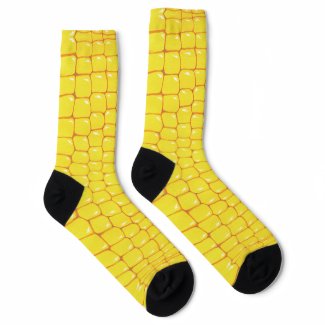Problem 4
The six-pointed star is regular with all the interior angles of the $12$ small triangles are equal. Each of the thirteen marked points is assigned a green or red color. Prove that there will always be three points of the same color that are vertices of an equilateral triangle.
Solution
Let the points be $P_0$, $P_1$, … , $P_{12}$. Let as assume that no equilateral triangle has vertices of the same color. Without loss of generality, we can assume that $P_{0}$ is green. Then $P_1$, $P_3$, $P_5$ form an equilateral triangle and, therefore, cannot all be red. Also $P_2$, $P_4$, $P_6$ form an equilateral triangle and, therefore, cannot all be red. Without loss of generality, we can assume that $P_1$ is green. Then since $P_2$ and $P_6$ cannot be green, then $P_4$ is green. This implies that $P_3$ and $P_5$ cannot be green. Therefore, $P_3$ and $P_5$ are red and $P_{12}$ is green. The last one implies that the triangle $P_1 P_4 P_{12}$ is equilateral with all green vertices. Contradiction.
Problem 5
Let $ABCD$ be a trapezoid with bases $AB$ and $CD$, and non-parallel sides $BC$ and $DA$. Angles $\angle BCD$ and $\angle CDA$ are acute. The lines $BC$ and $DA$ intersect at a point $E$. It is known that
$AE = 2$, $AC = 6$, $CD = \sqrt{72}$ and the area of the triangle $BCD$ is $18$.
(a) Find the height of trapezoid $ABCD$.
(b) Find the area of triangle $ABC$.
Solution
(a) Let $H$ be the foot of the altitude dropped from $A$ onto $CD$. The area of the triangle $BCD$ can be written as
$$ \frac{CD \cdot AH}{2} = 18 $$
from where $AH= \boxed{3 \sqrt{2}}$.
(b) From the right triangle $AHC$:
$$ \sin{\angle ACD} = \frac{AH}{AC} = \frac{ 3 \sqrt{2}}{6} = \frac{\sqrt{2}}{2} $$
and $\angle ACD = 45^{\circ}$.
Therefore, $\angle CAH = 45^{\circ}$ and $HC=AH=3 \sqrt{2}$. From here
$$ DH=CD-CH= 6\sqrt{2}-3\sqrt{2}=3\sqrt{2} $$
and the triangles $ADH$ and $AHC$ are congruent. This implies that $AD=AC=6$.
From the similarity of the triangles $EAB$ and $EDC$ we have
$$ \frac{EA}{ED} = \frac{AB}{CD}$$
and $AB=\frac{3\sqrt{2}}{2}$. The area of the triangle $ABC$, therefore can be found as
$$ \frac{AB \cdot AH}{2} = \boxed{\frac{9}{2}} $$
Problem 6
Let $f$ be a function defined over $[0,2022]$, such that $f(0) = f(2022) = 2022$, and
$|f(x)-f(y)| \leq 2|x-y|$, for all $x,y \in [0,2022]$. Show that for all $x,y \in [0,2022]$, the distance
between $f(x)$ and $f(y)$ does not exceed $2022$.
Solution
Let us assume that $x=a$ and $x=b$ be such numbers from $[0,2022]$, that $|f(a)-f(b)|>2022$ and $a<b$. Therefore
$$ 2022 < |f(a)-f(b)| \leq 2|a-b| = 2(b-a) $$
which implies that $b-a>1011$.
Then we have
$$ |f(a)-f(b)| = |f(a)-f(0)+f(2022)-f(b)| \leq $$
$$|f(a)-f(0)|+|f(2022)-f(b)| \leq 2a + 2(2022-b) < 2022 $$



